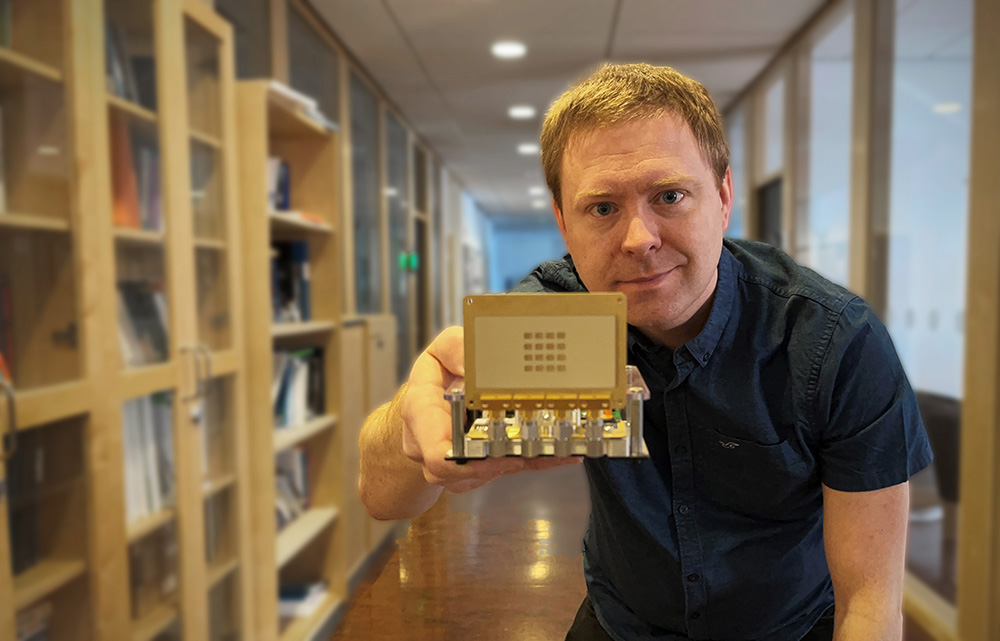Better research in interaction with industry

KTH has received funding for five new industrial doctoral students. One of the projects aims to develop more efficient mobile masts for future wireless data traffic.
“Our promising research findings now have the chance to mature in collaboration with industry,” says Emil Björnson, supervisor and professor of wireless communications.
The grants from SSF, the Swedish Foundation for Strategic Research, cover a period of four to five years, will result in a doctoral degree and promote mutual exchange between academia and industry.
For Emil Björnson, the grant of 3.25 million Swedish crowns, which funds a doctoral student from the telecom company Ericsson, represents an important step forward for the basic research that Björnson's research team has conducted in recent years.

The researchers are developing concepts and algorithms for future mobile network technology. The ambition is to turn previous research results from theoretical concepts into a practical technology component ready for use in the upcoming 6G mobile network standard, Björnson says.
Why is this an urgent area to explore?
“Data traffic in mobile networks is constantly increasing, as more devices are connected and need to communicate more often. Our research could make future mobile masts more efficient by allowing them to handle more devices at the same time, so that data traffic can increase without using more energy or building more masts.”
Is there any particular point in an industrial PhD student taking on this research topic, rather than a regular PhD student?
“There are two particular advantages. Firstly, the joint supervision between KTH and our industrial partner makes the research better as we get more perspectives into the research. Secondly, it ensures that the expertise that the doctoral student builds up in the research project is transferred to industry, as the doctoral student is guaranteed to continue working at Ericsson after the doctoral thesis.”
Text: Christer Gummeson (gummeson@kth.se)
